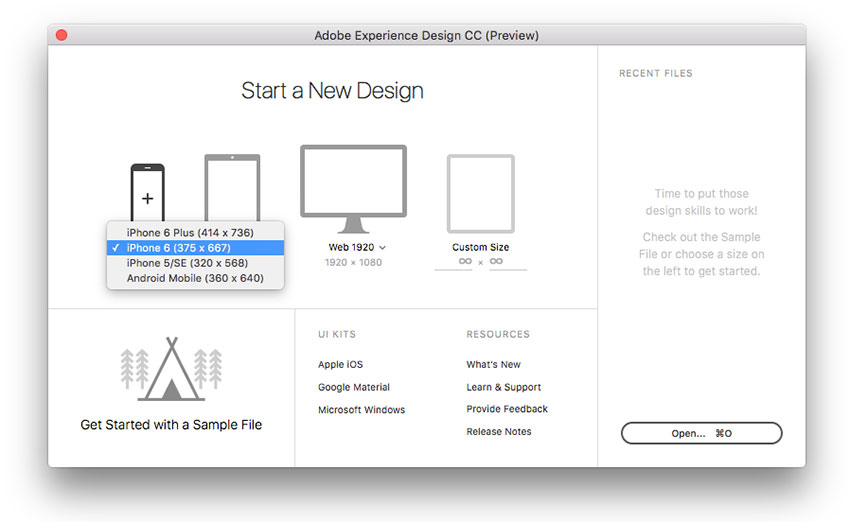
(note: if your object is a layer group, make sure you select the entire group and not just one of its individual layers). Select the button by clicking on it directly on your artboard or from the layers panel on the left. Now let’s say you want to connect the button on the first screen to the screen next to it, and create an interaction between the two.

It will turn blue, meaning that this will be your home screen, the first one appearing when the prototype is launched or shared.ģ. If you want this screen to be the first screen of your prototype, click on the home icon. You will notice that a little home icon appears at the top left of your artboard. Now click on an artboard you want to be part of your prototype. You will notice that all the design related toolbars and features are not accessible anymore.Ģ. To create a prototype, you first need to switch to Prototype Mode by using the little toggle on the top left of the page.

This allows you to test and validate the navigation, usability and overall user experience of your mobile app or website before you start with development, avoiding fundamental UX design flaws down the line which might cost you more time and money to fix.ġ. In this mode, you can easily create an interactive prototype of what you are designing by simply connecting the artboards included in your web or mobile project, choosing a type of transition and previewing the final result on your computer or on a mobile device.

The Prototype mode is an amazing feature which sets Adobe XD apart from other design tools.


 0 kommentar(er)
0 kommentar(er)
